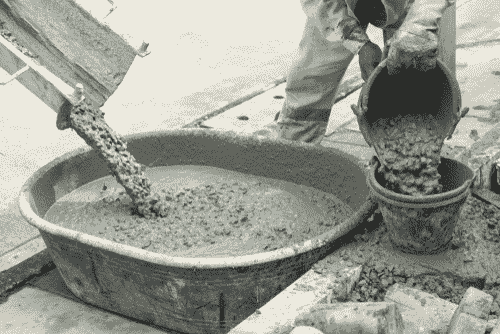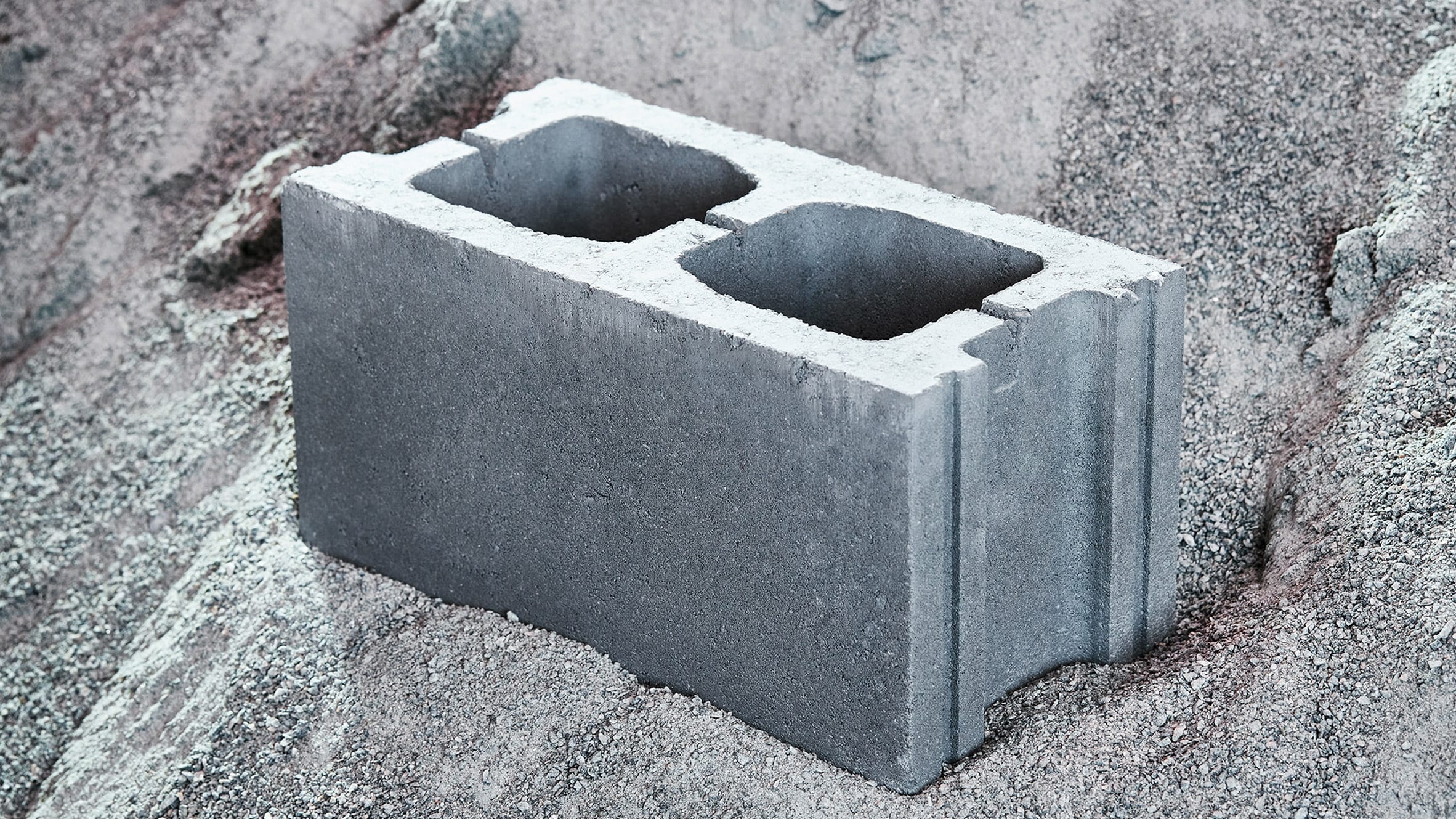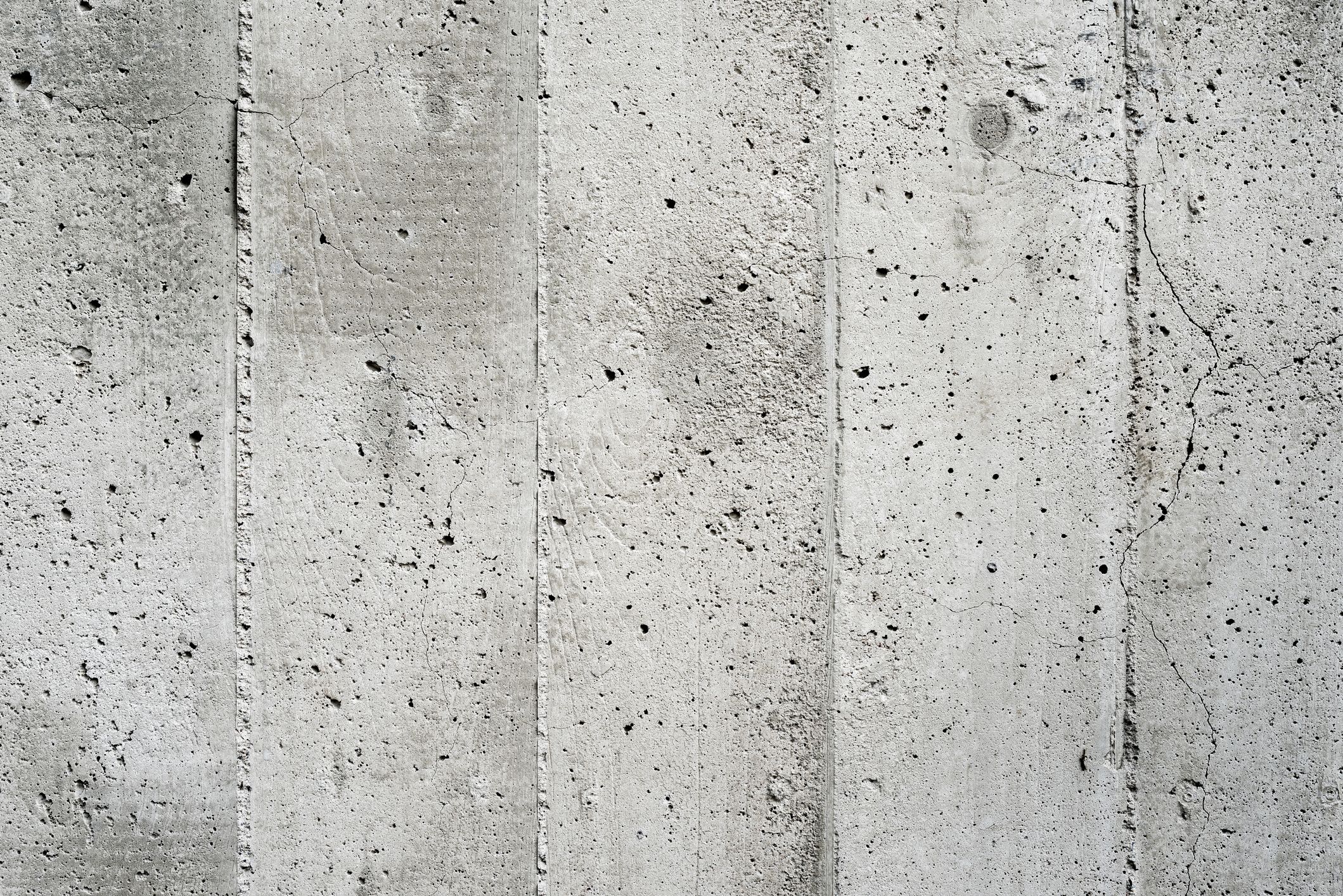Comprehensive Overview to Concrete: From Installment to Ending Up Touches
Comprehensive Overview to Concrete: From Installment to Ending Up Touches
Blog Article
Unveiling the Eco-Friendly Advantages of Using Recycled Concrete in Sustainable Construction Practices
In the world of sustainable construction methods, the application of recycled concrete stands as a crucial yet typically undervalued resource. Beyond its standard applications, recycled concrete deals a myriad of environmentally friendly benefits that expand much past the boundaries of typical building and construction materials.
Environmental Benefits
Undoubtedly, one of one of the most substantial advantages of utilizing recycled concrete is its favorable effect on the environment. By including recycled concrete right into building and construction methods, there is a significant reduction in the demand for new basic materials, leading to preservation of natural resources. This procedure aids in protecting aggregates, water, and power that would certainly have been used in creating new concrete. Additionally, the usage of recycled concrete lessens the amount of waste being sent out to garbage dumps, thereby reducing ecological contamination and easing the stress on land fill abilities.

In comparison, recycled concrete has a lower carbon impact as it decreases the need for brand-new concrete manufacturing. In general, the ecological advantages of using recycled concrete are significant and play a critical duty in promoting green building methods.
Cost-Efficiency
Accomplishing cost-efficiency is a vital consideration when assessing the application of recycled concrete in construction tasks. One of the key advantages of using recycled concrete is its cost-effectiveness compared to standard concrete.
Furthermore, the usage of recycled concrete can bring about savings in landfill costs by drawing away concrete waste from disposal sites. This not only decreases the environmental effect yet likewise gets rid of the expenses connected with waste elimination. In addition, the longevity and performance of recycled concrete approach conventional concrete, ensuring that price financial savings do not compromise the quality of the construction.
Sturdiness and Strength
Recycled concrete offers equivalent, if not exceptional, durability and stamina residential or commercial properties to traditional concrete - Concrete. Through developments in handling techniques and top quality control, recycled concrete can meet or surpass the efficiency standards of traditional concrete.

Waste Reduction
Effective waste reduction techniques play a visit the site crucial role in the lasting usage of resources within the construction industry. Waste reduction is a key advantage that contributes dramatically to ecological conservation when it comes to making use of recycled concrete. Traditional building techniques commonly produce substantial quantities of waste, specifically in the type of concrete debris from demolition websites. By integrating recycled concrete into construction jobs, this waste is repurposed and diverted from garbage dumps, lowering the total environmental impact of construction activities.
Additionally, the use of recycled concrete can lead to set you back savings for building and construction tasks, as it is typically more inexpensive than sourcing and moving brand-new products - Concrete. In final thought, waste decrease through the use of recycled concrete is a vital component of lasting building and construction practices that profits both the setting and the construction market as a whole.
Power Preservation
Energy preservation is a critical element of lasting building and construction practices, aiming to decrease the overall power intake related to building procedures and products manufacturing. Substantial energy cost savings are attained contrasted to typical concrete manufacturing when it comes to using recycled concrete in construction. The process of generating recycled concrete entails recycling and squashing existing concrete materials, which takes in less energy than mining, processing, and carrying raw products for brand-new concrete production. Furthermore, using recycled concrete can aid lower the need for virgin accumulation, additional minimizing the energy-intensive removal and processing of all-natural sources.
Conclusion
To conclude, the application of recycled concrete in lasting building practices uses countless environmental benefits, cost-efficiency, durability, toughness, waste reduction, and power preservation. By integrating recycled concrete into building and construction jobs, we can contribute to a much more sustainable my website and eco friendly future. It is important for the construction sector to prioritize the usage of recycled check my blog materials to help in reducing the environmental influence of building tasks.
One of the essential benefits of using recycled concrete is its cost-effectiveness contrasted to conventional concrete.Moreover, the use of recycled concrete can lead to savings in garbage dump expenses by diverting concrete waste from disposal websites. The durability and efficiency of recycled concrete are equivalent to traditional concrete, making sure that expense financial savings do not compromise the high quality of the building and construction.

Report this page